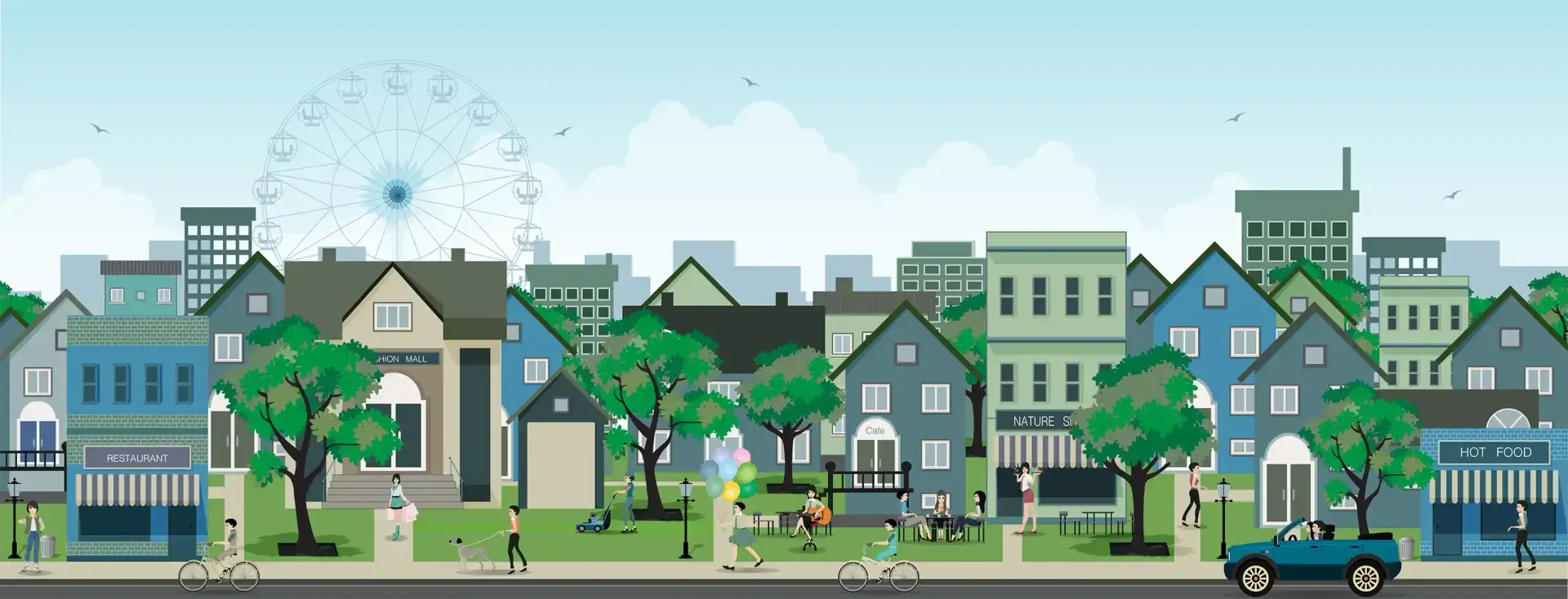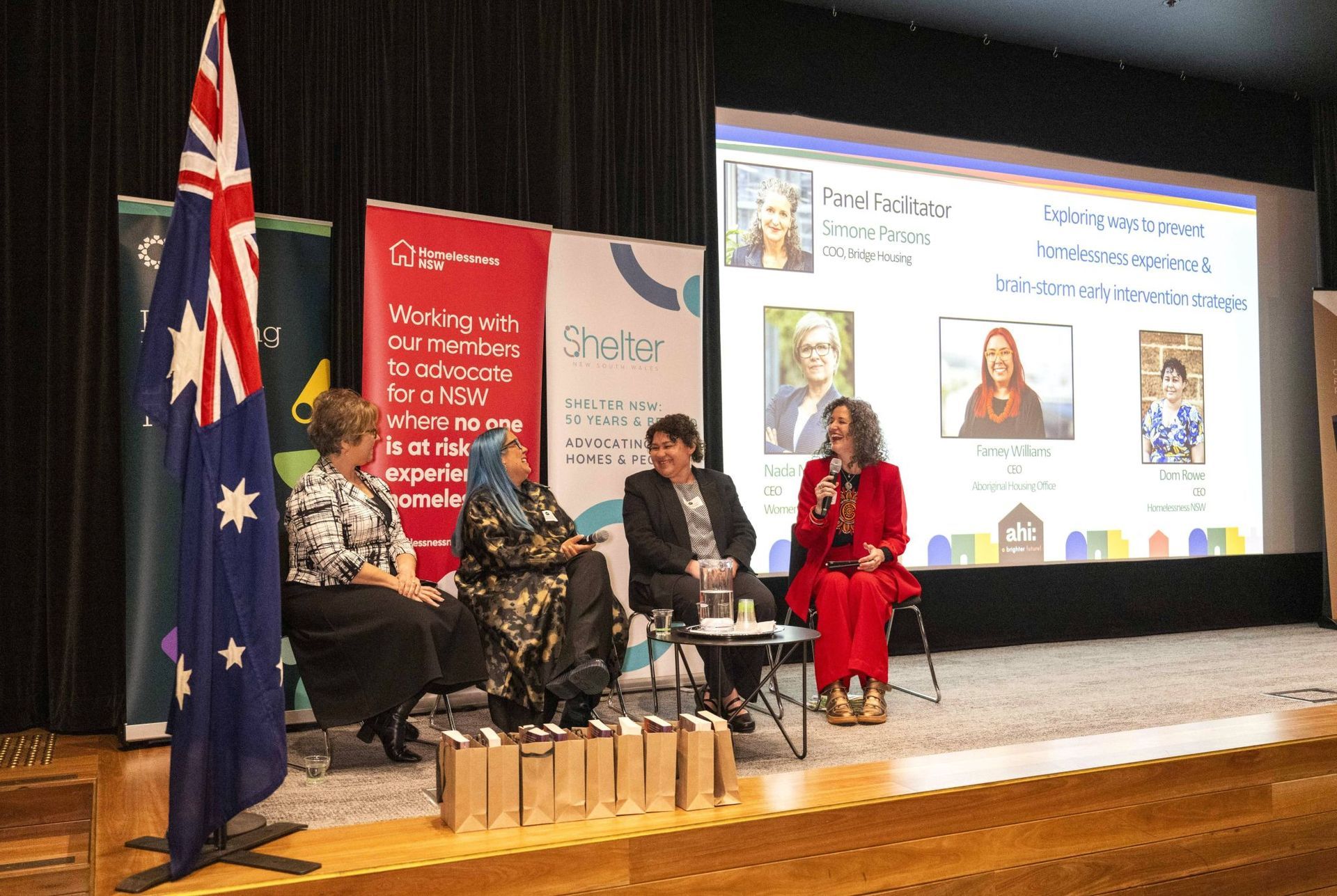With housing affordability continuing to be a pressing issue, we're seeing a rise in funding for new properties across Australia. But how can we ensure these developments support residents and build community? How can we avoid the mistakes of the past? Emma Hall from Village Well explains.
The 2021 Census saw homelessness increase by 5.2%, taking the estimated total to 122,494 people (ABS 2021). Homelessness and poor housing have significant impacts on health and wellbeing. Research shows that children in poor households are three times more likely to suffer from adult poverty due to lack of resources, unstable conditions, stress, low-quality environments, and more (Cattell 2001).
As we develop new housing across the country in response to the housing crisis, we need to be smart about how the design and management of these homes can contribute to the health and wellbeing of their tenants.
“Social housing delivery is incredibly infrastructure-focused and often disconnected from the end user.”
From experience in the sector, social housing delivery is incredibly infrastructure-focused and often disconnected from the end user. The delivery of housing is a vital part of the puzzle, but it cannot be a complete answer alone. It is so important to give someone a roof over their head, but we also need to provide them with the pathway and support to be a part of a community and be proud to call somewhere home.
What is needed is a switch in community thinking to see that social housing developments will create quality amenities and community benefits. It's time for a placemaking lens to guide this new wave of social housing.
HOW CAN A PLACEMAKING APPROACH HELP?
Ultimately, placemaking identifies people as the heart of the place. It can help build community, support, and empower residents to live their best lives. Placemaking considers more than the physical ‘hardware’ of place; it is also the ‘software’ e.g. the connections, people, friends, support, community and rituals of place. These intangible things come to mind when someone mentions a village. The support of a village is what someone needs most when experiencing hardship.
Working toward these intangibles, placemaking can facilitate locals, communities and stakeholders to work together toward the best possible outcome. Placemaking can improve social connection, health and livelihoods, and produce positive economic outcomes. It can also empower residents and boost self-esteem and identity.
“This shift from a ‘return on investment’ approach to a ‘people and place’ approach can stack up financially.”

This shift from a ‘return on investment’ approach to a ‘people and place’ approach can stack up financially. Placemaking can decrease the costs of healthcare. The pride of place and sense of belonging fostered reduces maintenance and security costs, increases tenancy consistency and can reduce complaints. We have witnessed placemaking processes saving developers millions due to having the community on board and involved with their projects.
So, if placemaking is better for people and economics, why doesn’t this happen? I believe it comes down to a lack of education and framework. I would argue a people-centred approach to social housing could be the key to changing the trajectory toward a more positive and sustainable future.
Our Top 3 Placemaking for Social Housing Recommendations
1. Understand place
Before billions are spent on new housing, we need to consider the people we are designing for. Understanding the needs and challenges faced moving into new developments will help build long-term resilience and increase the livelihood and wellbeing of people in need.
2. Prioritise people and place
By prioritising people and place, new models of governance, curation and management emerge. Resourcing allocated for staff to engage residents will provide chances for healing, learning, engagement and empowerment. Placemaking does not finish when the building is complete; it is an ongoing, adaptive process that needs curation and commitment.
3. It takes a village
If we look at great villages, their success comes from community members empowered to look after their place and share their gifts. If a villager struggles, the whole community bands together to help; it's not just one person’s job.
We need to provide the DNA of a village – with all the support, networks and opportunities that come with them – to change the course of social housing. From some of our projects, stories of residents stopping to help change tyres, helping dog-sit or throwing each other birthday parties are the biggest successes.
References
● Australian Bureau of Statistics. (2023). 'Estimating homelessness from the Census'. Retrieved [20 February 2024], from https://www.abs.gov.au/statistics/people/housing/estimating-homelessness-census/latest-release
● Cattell, V. (2001). Poor people, poor places, and poor health: The mediating role of social networks and social capital. Social Science & Medicine, 52(10), 1501-1516.
Share This Article
Other articles you may like








